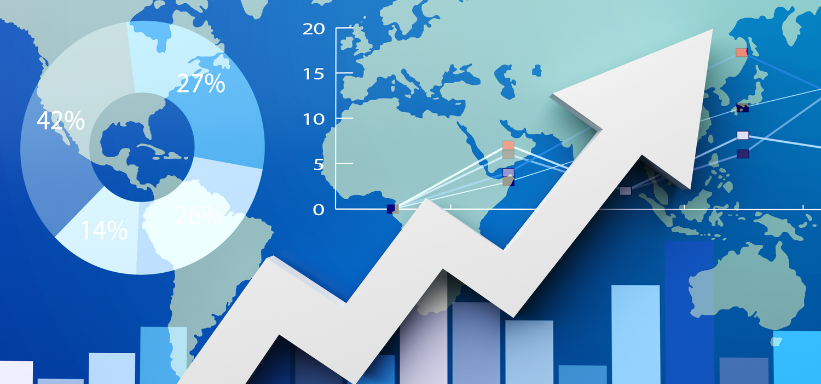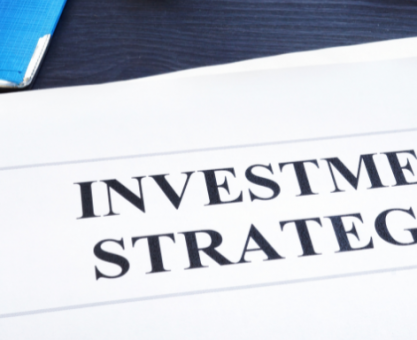Executive Summary
-
Explore the transformative power of the circular economy in modern business.
-
Discover how companies are converting waste into profitable resources.
-
Understand the benefits, challenges, and strategies behind successful circular economy initiatives.
-
Learn from real-world case studies and expert insights to drive sustainable business growth.
Introduction
In a world where sustainability is no longer just a buzzword but a necessity, businesses are increasingly looking towards innovative solutions to remain competitive. One such solution, the circular economy, is revolutionizing how companies view waste. By transforming waste into wealth, businesses not only contribute to environmental sustainability but also unlock new revenue streams. This article delves into the intricacies of the circular economy, its benefits and challenges, and offers insights into successful implementation strategies.
Definitions / Context
The circular economy is a model of production and consumption that emphasizes reusing, repairing, refurbishing, and recycling existing materials and products for as long as possible. Unlike the traditional linear economy, which follows a ‘take-make-dispose’ pattern, the circular economy aims to close the loop, minimizing waste and environmental impact.
Benefits / Pros
-
Resource Efficiency
By reusing materials, businesses can reduce their dependency on raw materials, leading to significant cost savings. -
Environmental Impact
Reducing waste and emissions contributes to a healthier planet, aligning with global sustainability goals. -
Economic Opportunities
New business models and markets emerge, creating jobs and stimulating economic growth. -
Brand Reputation
Companies adopting circular practices often enjoy enhanced brand loyalty and customer engagement.
Risks / Cons / Challenges
-
Initial Costs
Transitioning to a circular model may require significant upfront investment in technology and processes. -
Complex Implementation
The shift involves redesigning products and supply chains, which can be resource-intensive. -
Regulatory Hurdles
Navigating the varying regulations around recycling and waste management can be challenging.
Step-by-Step Process
How to Implement Circular Economy Practices
-
Assess Current Processes
Identify areas where waste can be reduced or resources reused. -
Design for Circularity
Develop products that are easier to recycle or refurbish. -
Engage Stakeholders
Collaborate with suppliers, customers, and partners to create a sustainable ecosystem. -
Monitor and Adapt
Continuously measure progress and make adjustments to improve efficiency.
Patagonia, the outdoor apparel company, has been a leader in incorporating circular economy principles. Through their “Worn Wear” program, they encourage customers to repair and recycle old garments, significantly reducing waste and promoting sustainable consumption. This initiative not only boosts customer loyalty but also reinforces Patagonia’s commitment to environmental stewardship.
– Patagonia’s Success with Circular Economy
Expert Tips / Strategic Insights
-
Epiidosis recommends: Start small with pilot projects to test the viability and impact of circular practices before scaling up.
-
Stay Informed: Keep abreast of the latest industry trends and technological advancements to stay competitive.
-
Collaborative Innovation: Partner with other businesses and organizations to share resources and knowledge.
Tools / Resources / Calculators
-
Circular Economy Toolkit
A comprehensive guide to implementing circular practices. -
Carbon Footprint Calculator
Estimate the environmental impact of your business activities. -
Recycling Directory
Find local recycling facilities and services.
Conclusion
The circular economy presents a compelling opportunity for businesses to innovate, reduce costs, and contribute positively to the environment. By embracing this model, companies can turn waste into wealth, ensuring long-term sustainability and profitability. For personalized guidance on adopting circular economy practices, contact our experts today.






















